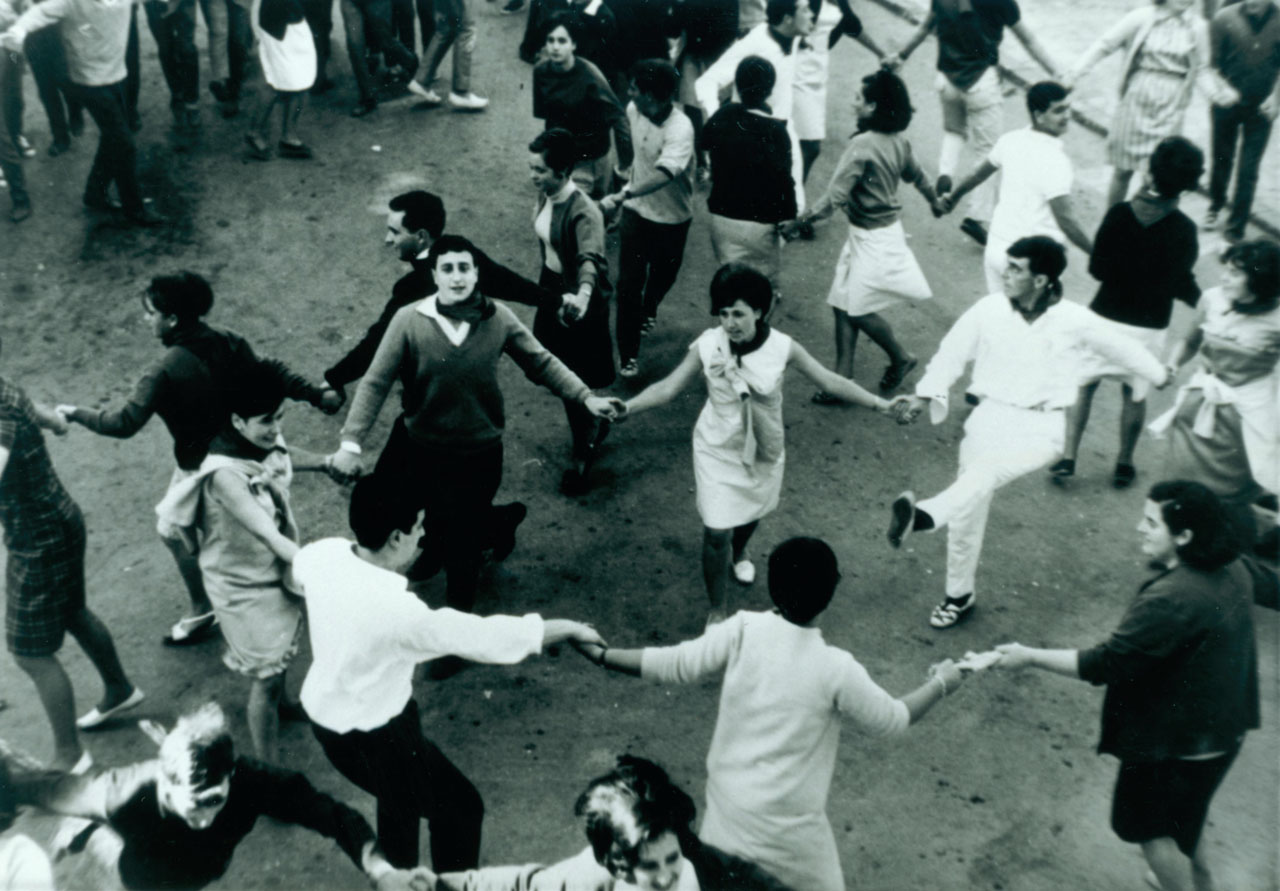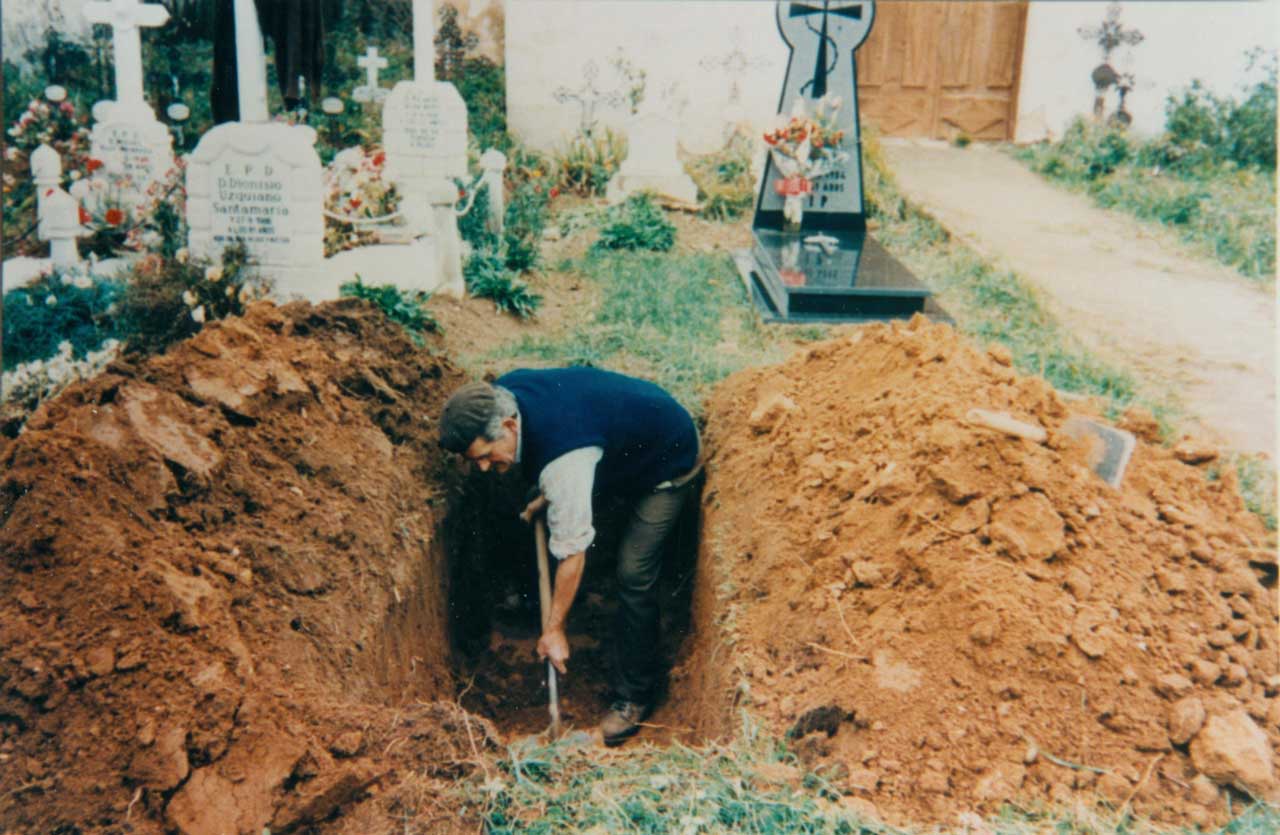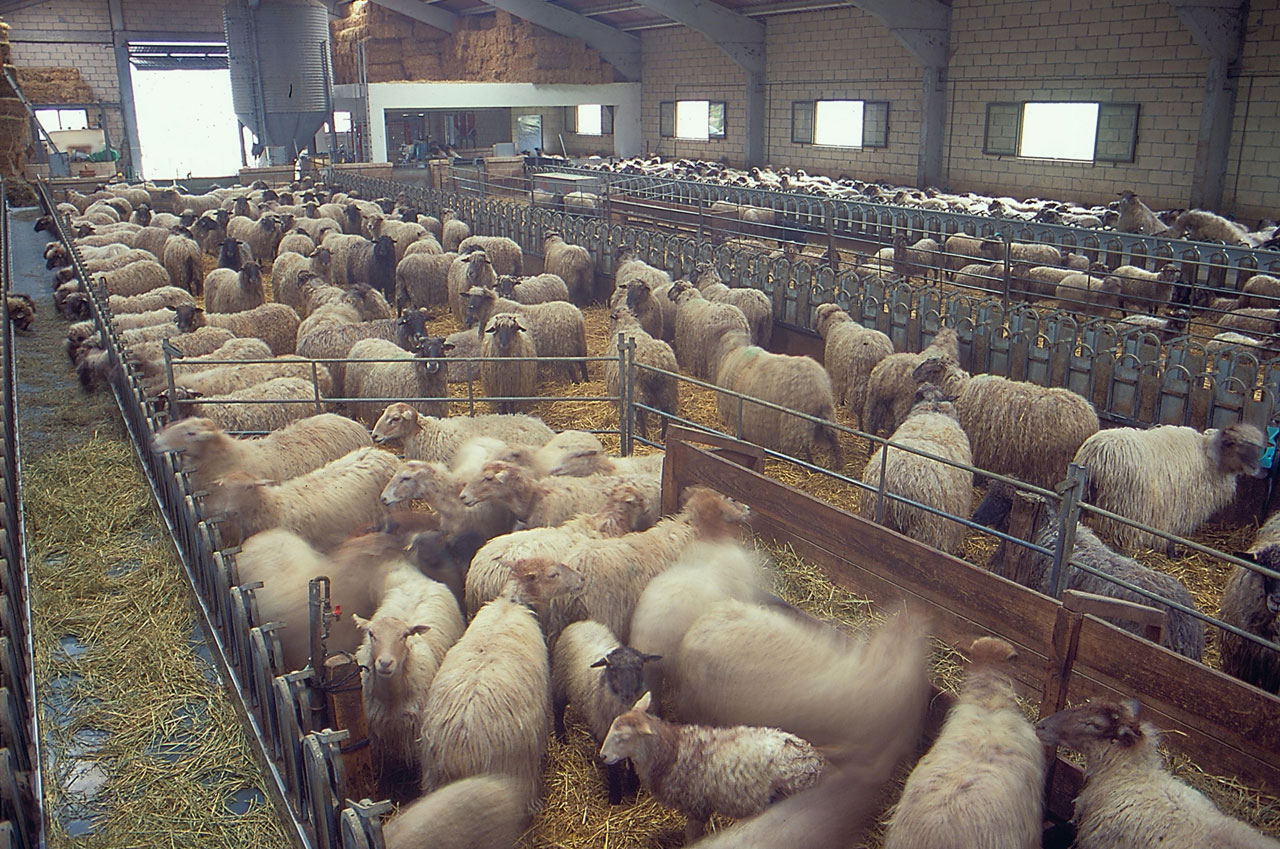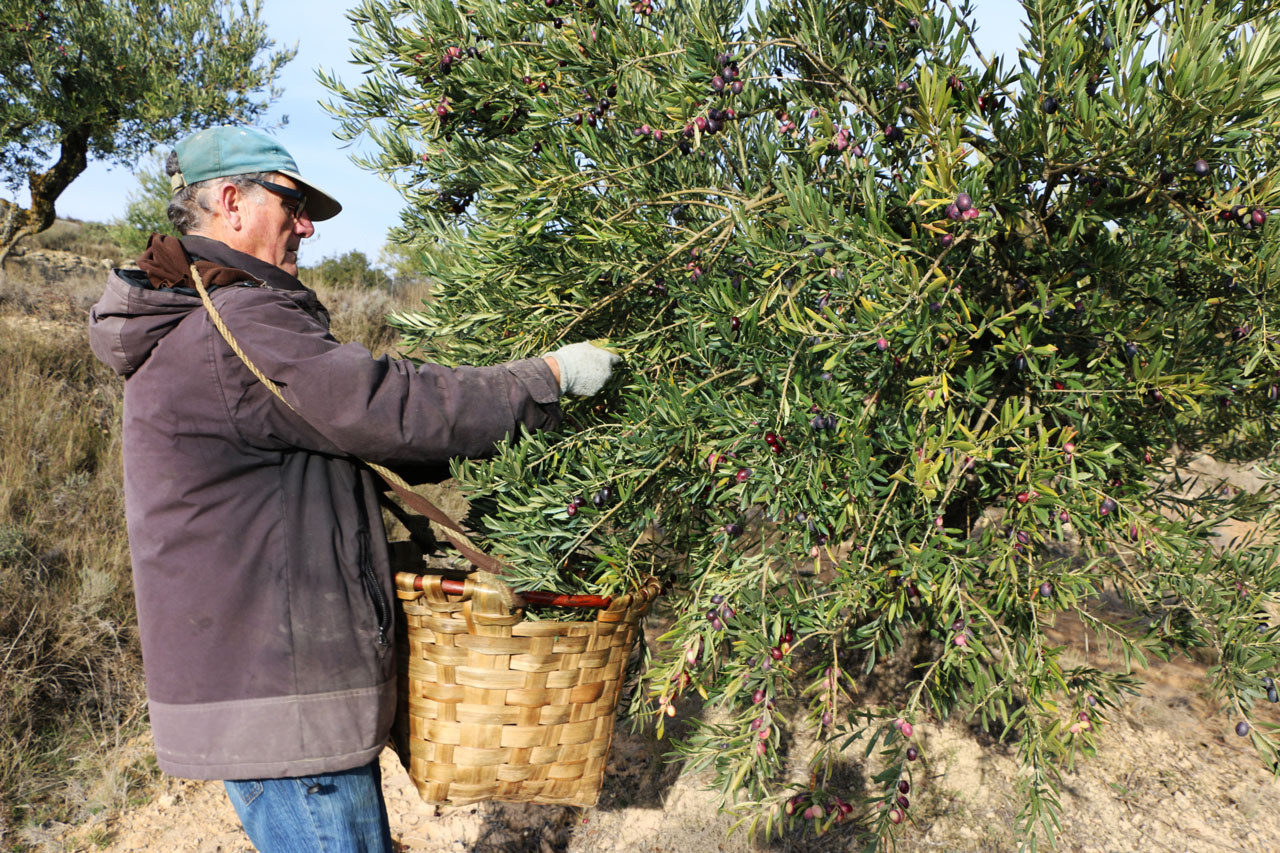Diferencia entre revisiones de «Main Page/en»
De Atlas Etnográfico de Vasconia
| Línea 212: | Línea 212: | ||
| − | ===[ganaderia| | + | ===[ganaderia|Livestock Farming and Shepherding in the Basque Country|/atlas/ganaderia.png|Animal husbandry as a way of life rather than an economic opportunity: aspects related to domestic animals and the human-animal bond.]=== |
| − | ====[Ganaderia_y_pastoreo_en_vasconia | | + | ====[Ganaderia_y_pastoreo_en_vasconia | Livestock Farming and Shepherding in the Basque Country]==== |
====[/atlas/ganaderia/Subida-a-los-pastos-del-Gorbeia-2006.jpg|On the move to the summer pastures in Gorbeia, 2006. Source: Antxon Aguirre, Etniker Euskalerria Groups.|Traditional shepherding and free-range livestock husbandry have prevailed on regions where these three requisites are satisfied: communal land, open-access rights, and free movibility for herds.|]==== | ====[/atlas/ganaderia/Subida-a-los-pastos-del-Gorbeia-2006.jpg|On the move to the summer pastures in Gorbeia, 2006. Source: Antxon Aguirre, Etniker Euskalerria Groups.|Traditional shepherding and free-range livestock husbandry have prevailed on regions where these three requisites are satisfied: communal land, open-access rights, and free movibility for herds.|]==== | ||
====[/atlas/ganaderia/Ovejas-latxas-de-cara-negra-Abadino.jpg|Dark-faced ''latxa'' sheep. Abadiño (B). Source: Rosa M.ª Ardanza, Etniker Euskalerria Groups.|The permanence of shepherding in the mountains of the Basque Country over centuries may help understand the fact that denominations given to diverse species of livestock, as well as to the implements used, form a distinguishing lexical corpus, independent from Indoeuropean languages.|]==== | ====[/atlas/ganaderia/Ovejas-latxas-de-cara-negra-Abadino.jpg|Dark-faced ''latxa'' sheep. Abadiño (B). Source: Rosa M.ª Ardanza, Etniker Euskalerria Groups.|The permanence of shepherding in the mountains of the Basque Country over centuries may help understand the fact that denominations given to diverse species of livestock, as well as to the implements used, form a distinguishing lexical corpus, independent from Indoeuropean languages.|]==== | ||
Revisión del 12:50 27 ene 2020
Four generations of the same family. Ajangiz (B), 1977. Source: Segundo Oar-Arteta, Etniker Euskalerria Groups.
House and Family in the Basque Country


House and Family in the Basque Country
The family was the cornerstone of the farmstead, and the farmsteads along with the families provided coherence and structure to the neighbourhood and society.
Family Diet in the Basque Country


Family Diet in the Basque Country
Ogi erre berri, etxe galgarri. Soft bread at home, an unruly household.
Children’s Games in the Basque Country


Children’s Games in the Basque Country
Honek arrautza ekarri, honek erreten ipini, honek gatza eman, honek pixka bat probatu, honek dena jan! Game with fingers
Traditional Medicine in the Basque Country


Traditional Medicine in the Basque Country
There is a hidden wisdom behind popular medicine that goes far beyond the remedy itself. This collection of data helps us catch a glimpse of a way to understand health and disease —and ultimately the human body— that differs from the prevailing view.
Rites from Birth to Marriage in the Basque Country


Rites from Birth to Marriage in the Basque Country
Gazteak, badakizue zelan dantzan egin: burua gora-gora ta kaderai eragin. Folk verse
Funeral Rites in the Basque Country


Funeral Rites in the Basque Country
Hildakoari hobia eta biziari ogia. The dead to the grave and the living to the roll.
Modern stable for sheep. Izurtza (B), 2000. Source: Labayru Fundazioa Photograhic Archive: José Ignacio García Muñoz.
Livestock Farming and Shepherding in the Basque Country


Livestock Farming and Shepherding in the Basque Country
The transformations that have taken place in the last few decades have fundamentally changed the world of livestock farming: no longer a way of life, it is now an economic activity.
Agriculture in the Basque Country


Agriculture in the Basque Country
Uzta garaian lokartzen, miserian iratzartzen. Anyone who sleeps at harvest time wakes up destitute.








